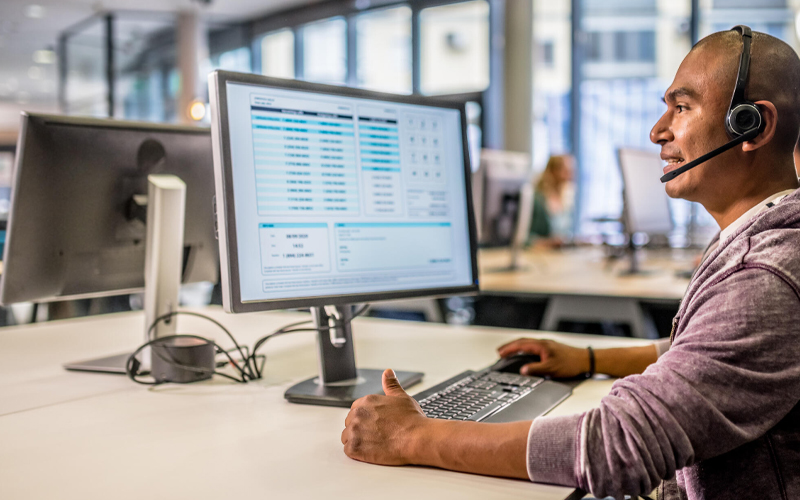In the fast-paced world of e-commerce, the term 'last mile delivery' has become more than just a buzzword. It represents a crucial segment in the logistics chain, where goods are transported from a transportation hub to the final delivery destination. The significance of this final step in the delivery process has grown exponentially in the digital era, where customers can find and purchase anything online with just a click of a button.
The evolution of last-mile delivery also mirrors the transformation of consumer habits. With the advent of digital shopping platforms and the promise of near-instant gratification, customers now expect rapid, reliable, and cost-effective delivery services along with flexible delivery options, such as same-day or next-day delivery.
This shift has led companies to reassess and revamp their last-mile logistics, integrating advanced digital learning solutions, transportation management systems and new technologies like artificial intelligence (AI), machine learning (ML), and the Internet of Things (IoT). New-age digital tools have also significantly enhanced operational agility and responsiveness, enabling businesses to thrive in the dynamic e-commerce landscape.*
But why are companies so focused on last-mile delivery? In an era where time is considered as valuable as the product itself, the efficiency of last-mile delivery becomes a make-or-break factor for businesses. A satisfying final leg of the delivery journey has the potential to enhance customer satisfaction, foster loyalty, and encourage repeat business. Conversely, an unfavourable last-mile delivery experience may result in customer discontent, negative reviews, and a decline in business.
Here are some tips for meeting customer expectations and ensuring a smooth last-mile delivery experience:
- Offer fast and flexible delivery options: Customers want to have the option to choose when and where they receive their orders. Businesses should offer a variety of delivery options, such as same-day, next-day, and scheduled delivery.
- Provide real-time tracking information: Customers want to know where their orders are at all times. Businesses should provide real-time tracking information so that customers can stay updated on the status of their deliveries.
- Be transparent and communicative: Customers appreciate it when businesses are transparent about their delivery process and communicate with them regularly. Businesses should keep customers updated on the status of their orders and inform them of any delays or problems.
- Invest in technology: Technology can help businesses to improve the efficiency and accuracy of their last-mile delivery operations. For example, businesses can use AI and ML to optimise delivery routes and predict delivery times.
- Work closely with last-mile delivery partners: Businesses need to work closely with their last-mile delivery partners to ensure that their customers are receiving the best possible service. Businesses should communicate their expectations to their delivery partners and provide them with the support they need to be successful.
Businesses must understand that the concept of last-mile delivery is not linear. The impact of these changes is global, and these advancements are not confined to metropolitan areas alone; rural regions are also witnessing improved access to goods and services, thanks to the sophistication of delivery networks.
Environmentally conscious practices have also come to the forefront in last-mile delivery. Electric vehicles, drones, and bicycle couriers are increasingly employed to reduce carbon emissions, presenting an eco-friendly image that resonates with the modern consumer.
Furthermore, digital learning services have started playing a pivotal role in training the workforce to handle these evolving challenges. From customer service representatives to delivery personnel, every member of the supply chain benefits from understanding the nuances of the digital economy and its impact on logistics.
However, despite these advancements, challenges persist. Urban congestion, varying regional regulations, and the constant need to balance speed with cost efficiency continue to test the resilience of last-mile delivery systems. But these challenges are not all bad. They help drive innovation and lead to the development of more sophisticated logistics models.
Looking to the future, the trajectory of last-mile delivery points towards even greater personalisation and flexibility. Concepts like predictive shipping, where an item is dispatched even before the final order is placed, and hyper-local distribution centres promise to redefine the norms of delivery speed and efficiency.
In conclusion, the significance of last-mile delivery in meeting customer expectations in the digital era cannot be overstated. It is a dynamic field, continuously evolving to adapt to new technologies, consumer demands, and global trends. As we move further into the digital age, the only certainty is that the last mile will continue to be a critical battleground for businesses, a space where innovation, efficiency, and customer satisfaction converge.







